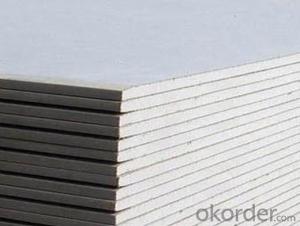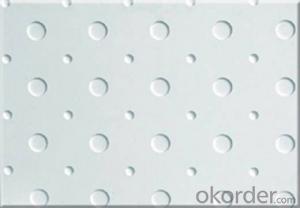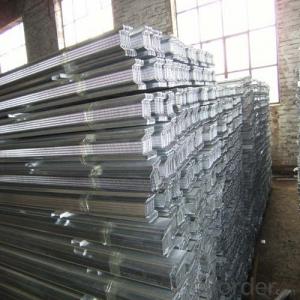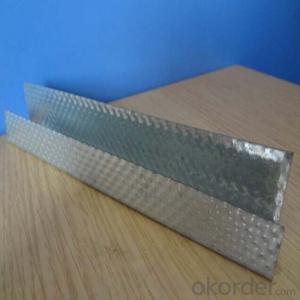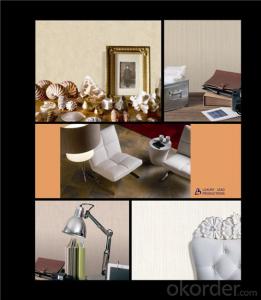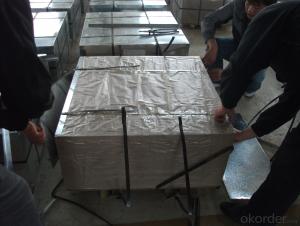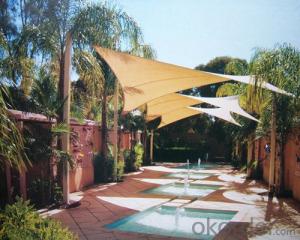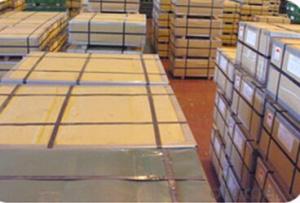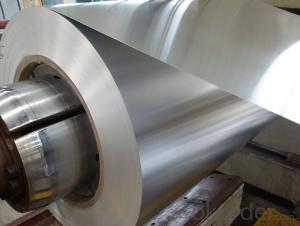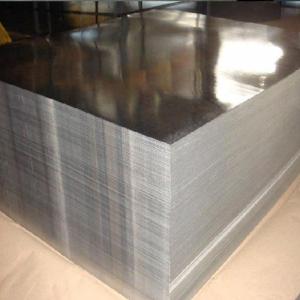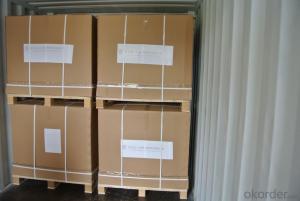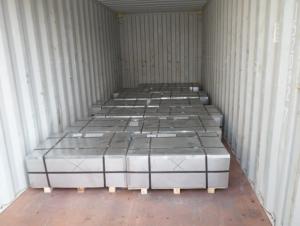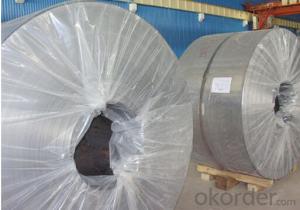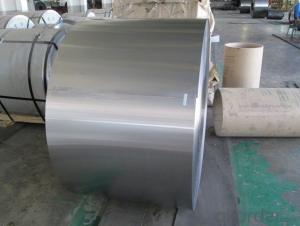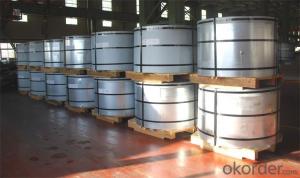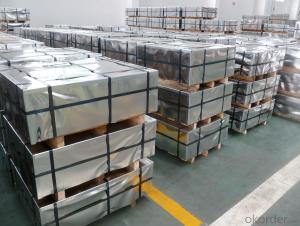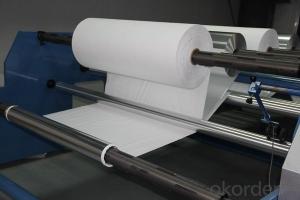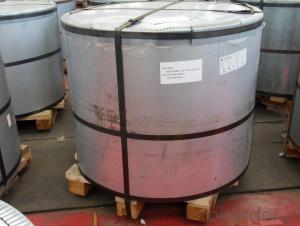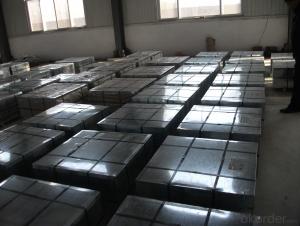Tinplate Material
Tinplate Material Related Searches
Raw Material For Solar Cells Ac Inverter For Solar Panels Plastic Wall Coverings For Bathrooms Fiberglass Sheets For Roofing Heat Reflective Material For Roof Wall Panels For Basement Felt Paper For Roofing Retaining Wall With Geogrid Plastic Coated Steel Roofing Sheets High Quality Roofing FeltHot Searches
Steel Mesh Panels For Sale Cheap High Tea Sets For Sale Cheap Solar Cells For Sale Q Cells Solar Panels For Sale Used Foam Board Insulation For Sale Welded Wire Panels For Sale Types Of Temporary Side Panels For Cement Deck Fiberglass Panels For Sale Magnesium Oxide Board For Sale Hdf Board For Sale sintra board for sale Cheap Mini Laptops For Sale Plywood For Sale Cheap Sandwich Panels For Sale resin panels for sale Cheap Washers For Sale Cheap Tall Vases For Sale Eps Panels For Sale Air Conditioner For Cheap Prices Gypsum Board Price Per Sheet In IndiaTinplate Material Supplier & Manufacturer from China
Okorder.com is a professional Tinplate Material supplier & manufacturer, offers integrated one-stop services including real-time quoting and online cargo tracking. We are funded by CNBM Group, a Fortune 500 enterprise and the largest Tinplate Material firm in China.Hot Products
FAQ
- One of the main innovations in tinplate manufacturing is the use of advanced coating technologies, such as electrolytic tin coating, which ensures a uniform and precise layer of tin on the steel substrate. This improves corrosion resistance and enhances the shelf life of the products packaged in tinplate. Additionally, advancements in printing techniques have allowed for high-quality and intricate designs to be directly applied to tinplate, making it more visually appealing and marketable. Furthermore, the development of lightweight tinplate materials has enabled manufacturers to reduce the overall weight of packaging, leading to cost savings and improved sustainability.
- There are several main factors that influence the price of tinplate. Firstly, the cost of raw materials such as tin and steel, which can fluctuate based on supply and demand dynamics, can have a significant impact on tinplate prices. Additionally, changes in labor costs, energy prices, and transportation expenses can also affect the overall price of tinplate. Furthermore, market conditions, including global economic trends, geopolitical factors, and trade policies, can influence the demand and pricing of tinplate. Lastly, technological advancements and innovations in tinplate manufacturing processes can impact production costs and subsequently affect the price of tinplate.
- Yes, tinplate can be used for packaging tobacco products. Tinplate is a commonly used material for packaging due to its durability, ability to preserve the freshness of the contents, and its resistance to corrosion. It is a popular choice for packaging tobacco products as it helps to maintain the flavor and quality of the tobacco.
- Yes, tinplate can be used for chemical storage containers. Tinplate is a type of steel coated with a thin layer of tin, which provides corrosion resistance and protection against chemical reactions. This makes it suitable for storing various chemicals safely.
- Yes, tinplate can be used for household appliances. It is a commonly used material due to its durability, corrosion resistance, and ability to be easily formed into various shapes. Tinplate provides a protective layer, making it suitable for applications such as cans, containers, kitchen utensils, and other household appliances.
- Yes, tinplate can be used for energy storage applications. Tinplate, which is a thin steel sheet coated with a layer of tin, offers good corrosion resistance and durability, making it suitable for various energy storage purposes. It can be used in the construction of batteries, capacitors, and other energy storage devices. Additionally, tinplate's ability to maintain airtightness and prevent moisture penetration makes it a reliable choice for storing and preserving energy.
- The environmental benefits of using tinplate include its high recyclability rate, reducing waste and the need for new raw materials. Tinplate also provides an effective barrier against oxygen and moisture, helping to extend the shelf life of products and reduce food waste. Additionally, tinplate is lightweight, making it more energy efficient to transport and reducing carbon emissions.
